Cannot choose where to start first? Why not choosing both?! Here are some of our tour packages that include the two countries so that you do not have to choose.
Tip: you can always modify these above tour packages or make a fresh itinerary by filling in the free request form and send us.
How to get to Thailand from Vietnam or vice versa?
Though there is no border between the two countries, it is still very easy to combine Vietnam and Thailand in one trip via international flights.
You can take the flight from Hanoi, Ho Chi Minh City, Hai Phong, Can Tho, Da Nang, or Phu Quoc to Bangkok in Thailand.
Best time to visit Vietnam and Thailand
So now you are wondering about when the best time of year is to visit both 2 countries. Check below about what you should consider.
Best Time to Visit Vietnam and Thailand for a Lifetime Trip
Vietnam really does not have a best time to visit, as the best time is a little different for each region. Typically, the weather across most of the country is warm and humid, and there are few months when you will not see at least some rain. Overall, the best time to tour the country as a whole would be from February to April, as this is the time when all three regions have the lowest rainfall of the year. While it can still be a little cold in the north, it is not too cold to travel comfortably, and the Vietnamese idea of cold is still warm to most western tourists. March and April are also the cooler months in the central and southern regions, which makes it ideal to travel the whole country in one go.
Thailand is normally best visited from November to March, when the weather is at its optimum for the year. While it is the peak season for tourism across most of Thailand (though the beach areas around Koh Samui and the other islands are in the peak season from June to September), it is still the best time to visit, and it is easy to leave the crowded cities behind and head for the open countryside and stunning local villages where the typical Siamese culture still exists.
If you are planning to visit both countries together, the ideal time would be in February or March, when the ideal weather exists in both destinations.
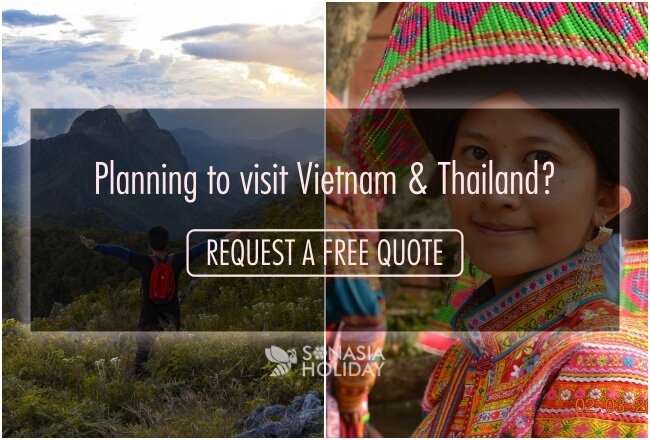
Best Time to Tour Vietnam and Thailand for a Budget Trip
If your tour centers around your budget, then the best time to travel is in the low seasons for both countries. In Vietnam, the relatively lower season of the year, since it does not have much of an off season for tourism, is from November to March, though you should avoid the period at Christmas when the airlines all increase their flight prices. From April to October, the tourism in Vietnam is at its highest, so it is best to avoid the summer months of June to September as well.
In Thailand, November to March is actually the high season for tourism, and is the most expensive time to visit. The low season, which coincides with the main monsoon season, runs from July to October. The hot season, from March to June, can be too hot to travel, unless you are used to the intense heat. If you are planning a low season trip, then the best times would be from April to June, if you can withstand the intense heat, or from September to October, which are not as wet as July and August.
Ideally, if you are budgeting for both countries, October is one of the best times to visit, as it is the tail end of the high season in Vietnam, when prices are coming down already, and the shoulder season in Thailand, just before the start of the high season.
Best Time to Tour Vietnam and Thailand for a Cultural Trip and Enjoy the Local Festivals
If culture is your thing, then you are definitely heading for the right places. Thailand and Vietnam are devoutly Buddhist cultures, and have a wealth of festivals, most of which happen in the winter months in the west, from November to March.
While this is the peak period for Thailand, it is the low season in Vietnam, do you can balance the high cost of one against the low cost of the other to make the trip a little less costly. When it comes to festivals, however, there is no better time to travel to Thailand and Vietnam.
Thailand loves its festivals, and from November to March there are more national and local festivals than at any other time of year. The earliest festival is the Lantern Festival, mostly held in Chiang Mai in November, but also found in other areas at around the same time. Held on the banks of the Peng River, it is one of the most remarkable sights in Thailand, and the best photos are always when the lanterns, with their glowing candles, rise up into the air all over the landscape.
November also sees the Lopburi Monkey Festival, at the Lopburi Temple around 150 kilometers north of Bangkok. Famous for its immense pack of monkeys, the usual bags of sunflower seeds that are sold to feed the monkey with are replaced with immense feasts of fruits and vegetables. With more than 3,000 resident monkeys, the feast uses around four tonnes of fruits and vegetables, as well as other delightful treats for the monkeys.
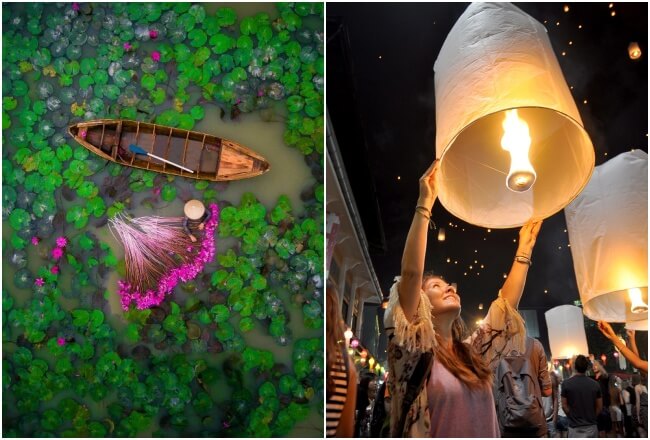
December sees the start of the Music and Arts festivals, styled around the globally famous Glastonbury Festival in the United Kingdom. Located on the outskirts of Pattaya in southeast Thailand, the Wonderfruit Festival hosts a huge number of local and national performers, with traditional Thai music and opera combining seamlessly with more modern performing arts, and including a few internationally famous bands from around the world.
Festivals in Vietnam offer travelers the best opportunity to get up-close and personal with the many customs, myths, and spirit of Vietnam. While it may be a more modern country now, it still retains many of its Buddhist traditions, with thousands of temples and pagodas strewn around the country.
The most popular festival of the year is the New Year festival, known in Vietnam as Tet Nguyen Dan. Abbreviated to just “Tet”, this festival celebrates the end of one lunar year and the start of a new beginning in Buddhist doctrines. It is not the wild party that you might see in Thailand at this time of year, but it is a much more fascinating and revealing experience.
The Perfume festival, held in mid-February, is one of the most amazing sights in the world, and a great time to visit Hanoi, the center of the occasion. The festival draws pilgrims from across the country to the iconic Perfume Pagoda in the city, where they will bend and pray for a prosperous year, as well as paying their respect to the Buddha. Held on the last day of the New Year celebrations, on the 15th day of the first month of the lunar calendar, pilgrimage journey starts at the Den Trinh Pagoda and travels along the river to the stone steps of the Huong Tich Cave, where offerings of food and statues of the deities are placed.
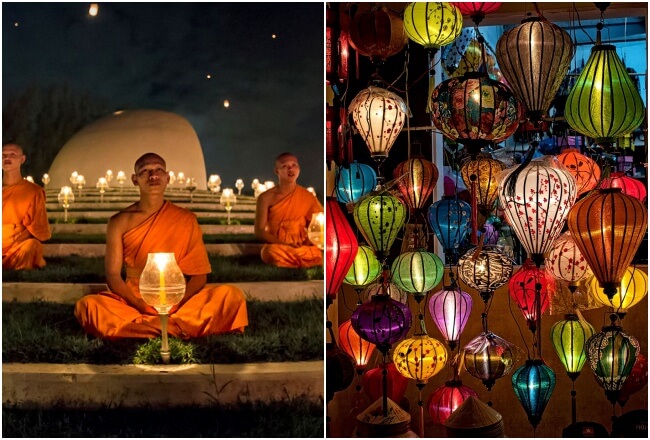
So when is the best time of year to go to Vietnam and Thailand?
Thailand and Vietnam may have different times of the year for the best trip, depending on your needs and wants, but they can both be a great place to visit at any time of the year. If you are planning a trip to the two countries, then the Buddhist New Year, usually in mid-February in the Gregorian calendar, is the best time of year, when you can really see the differences between these two unique nations.
Vietnam visa
For nationals of many countries there is a tourist visa requirement to enter Vietnam.
Getting visa from local Vietnam embassies (in person, by mail, online)
If you have a lot of free time or simply like to have everything done and ready for your Vietnam travels, you can apply for visa ahead of time from a local embassy in your country. I had done this in Hong Kong (where I physically went to the embassy) to get my Vietnam Visa. You can also apply to Vietnam visa by mail or online. If you live in the US, this is a good resource to use when applying for Vietnam visa.
Here is more detail about applying Vietnam visa from an embassies
Vietnam e-visa
You can apply for an electronic visa (e-Visa) to obtain a 30 day single entry Vietnam visa for your trip. Not every country is allowed for E-visa issuing and there are specific airports and land ports that accept Vietnam E-visa. For more information check the official E-visa website.
Here is more detail about Vietnam e-visa
Vietnam visa on arrival (VOA)
For holders of German, Spanish, Italian, British, French, and Belarus passports, they will not need a visa to stay in Vietnam for less than 15 days. In other words, citizens of these countries can arrive at a Vietnam airport (HCM, Hanoi, Da Nang, Nha Trang) and get visa on arrival for 16 days. This is valid until end of June 2021. However you need to employ an agenda before you arrive to get an official letter of approval that you show when you land in Vietnam.
Here is more detail about Vietnam visa on arrival.
We also have the specific guideline for the travelers from some countries such as: USA, UK, Canada, Australia, Germany, Italy, Spain, France, Switzerland, or Belgium
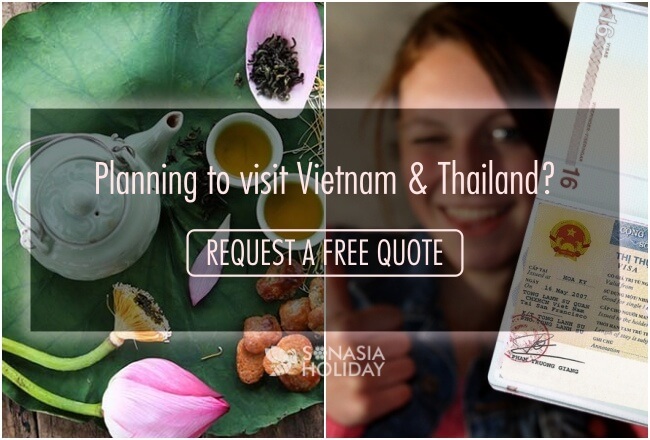
Thailand visa
Visitors to Thailand must obtain a visa from one of the Thai diplomatic missions unless they come from a visa-exempt country or a country whose citizens are eligible to obtain visas on arrival.
However, Thailand is offering one of the easiest visa policies in the world. The country currently offers visa-free travel to nationals of 64 countries and territories. The Thai government maintains bilateral agreements on visa waivers with some of these countries. Nationals of 18 countries can obtain a visa on arrival.
Here is more about Thailand visa
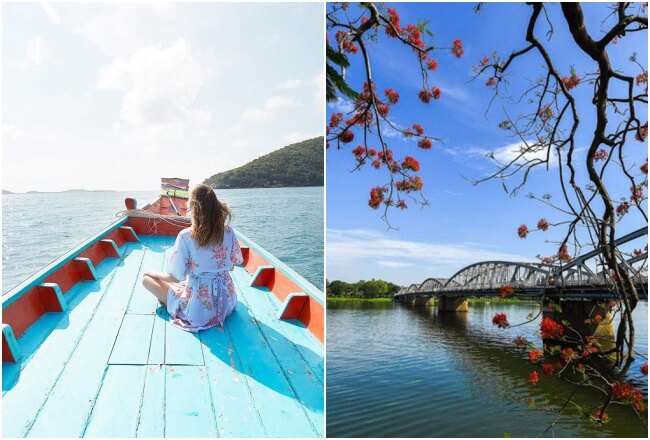


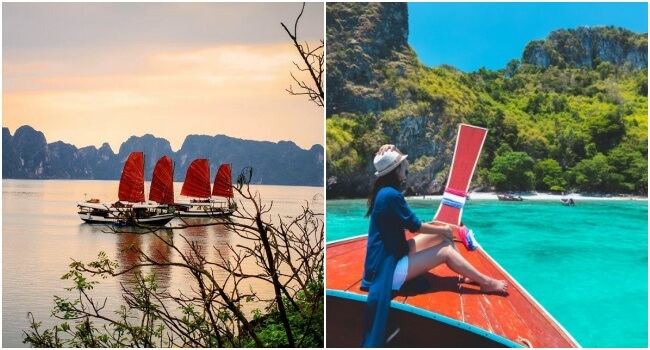

 05/01/2026
05/01/2026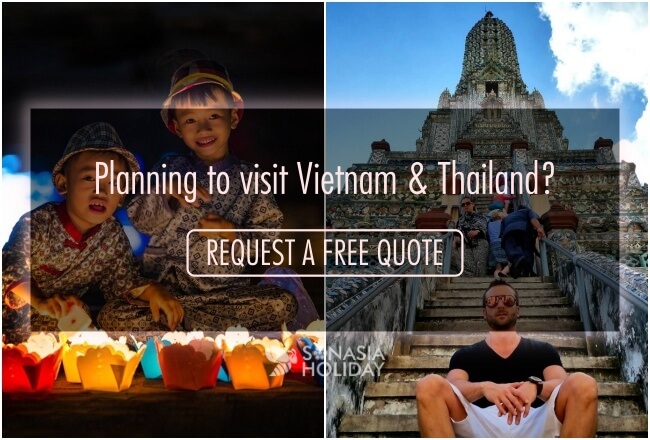
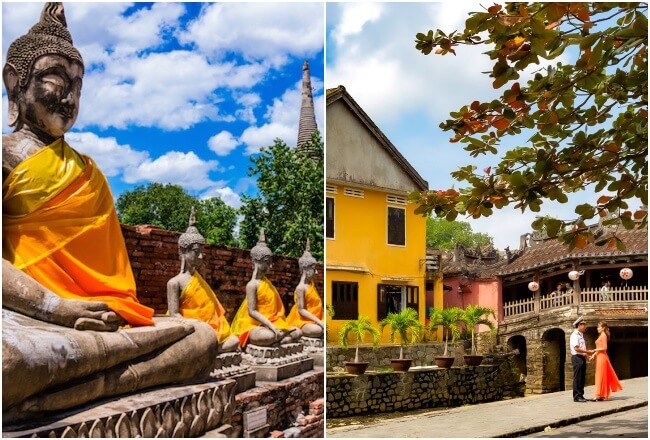
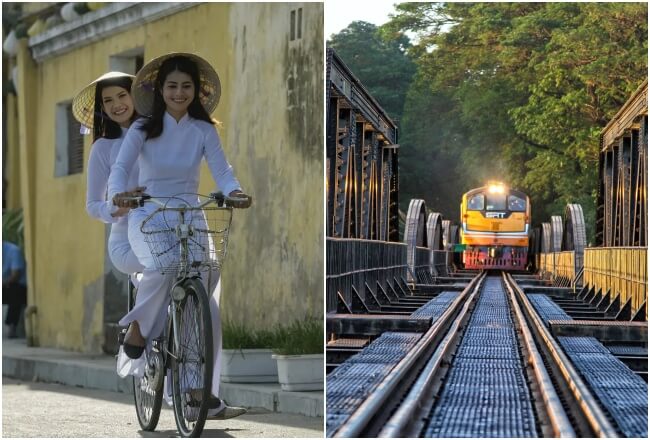
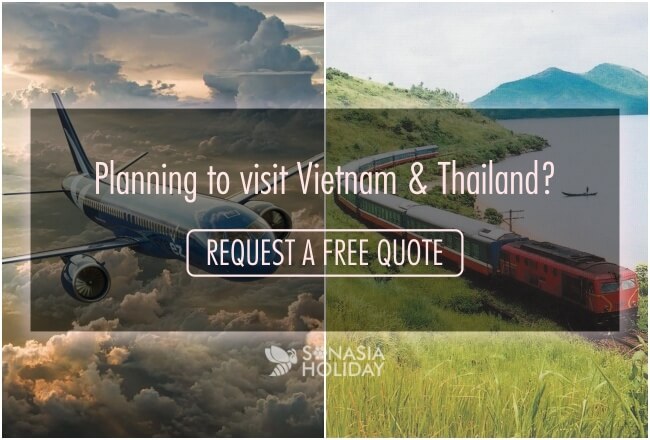
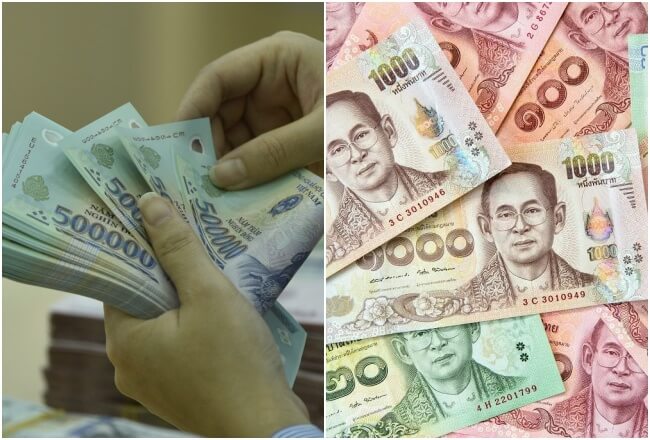
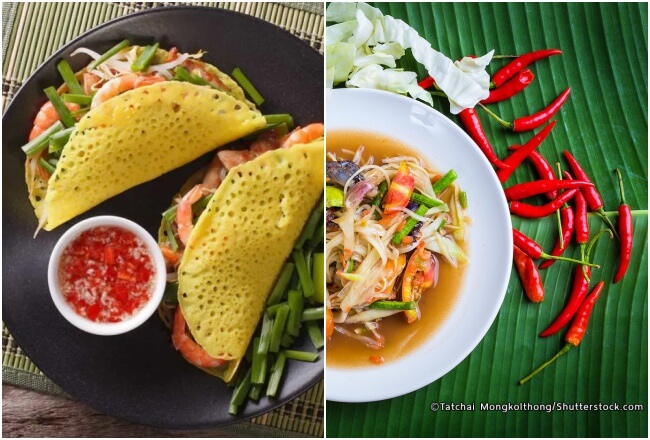
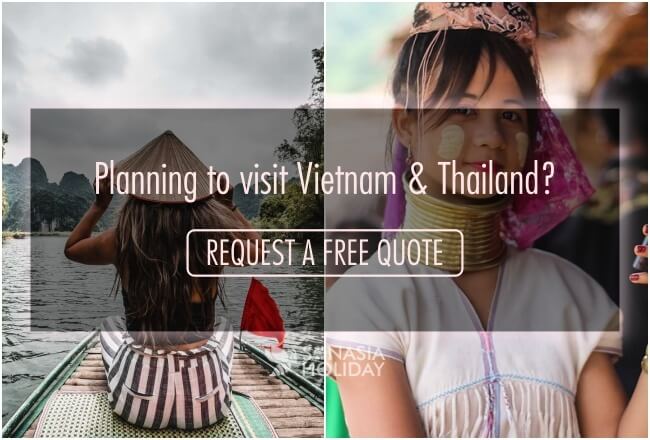
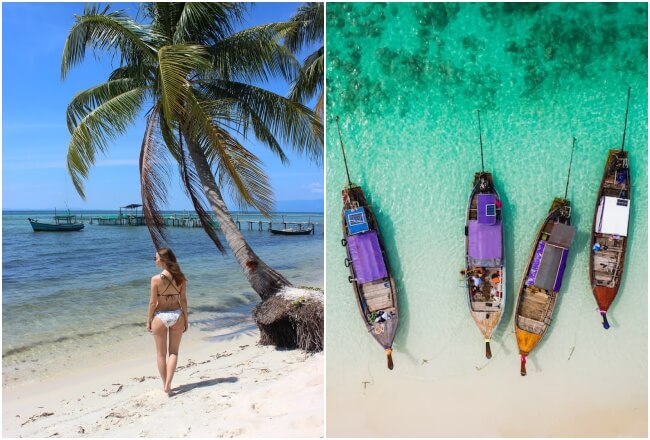
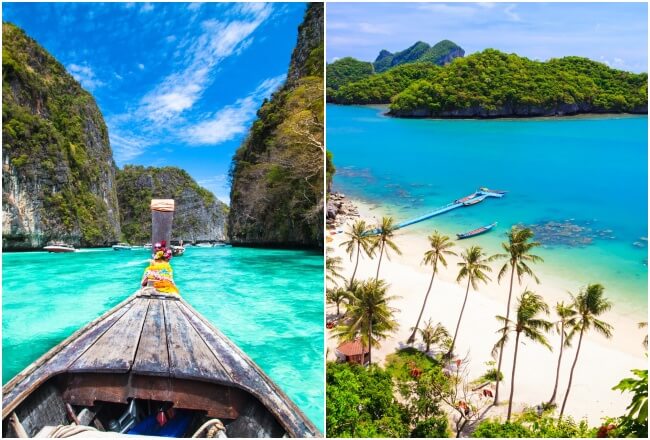
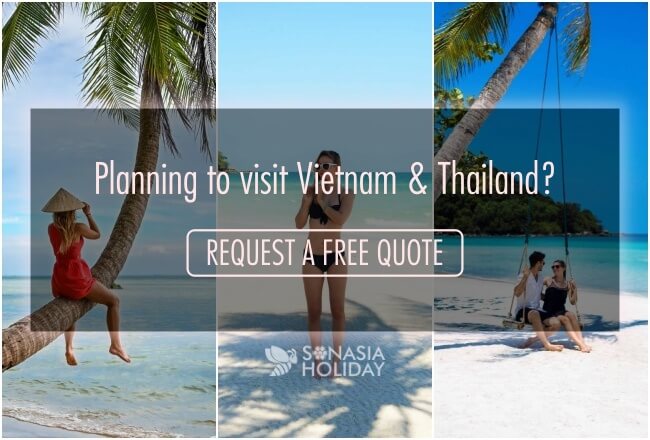
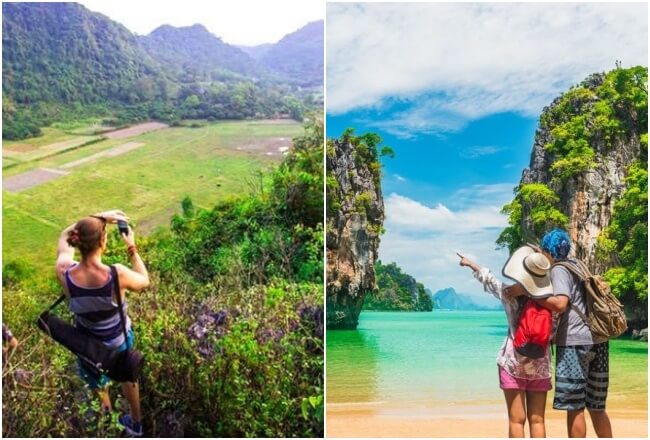

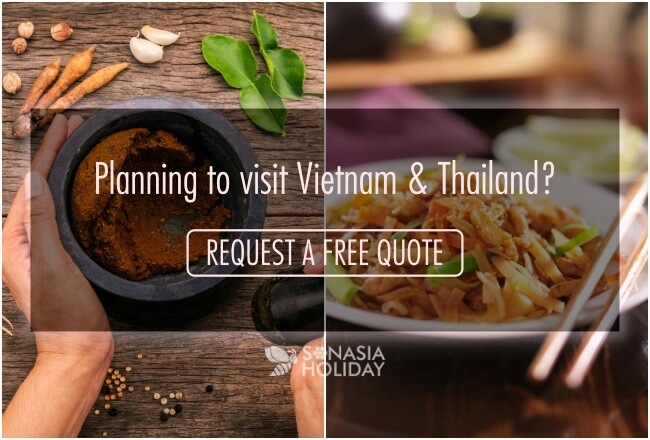
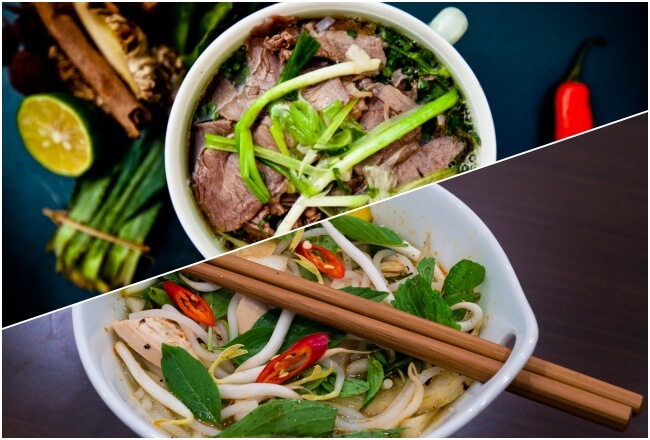
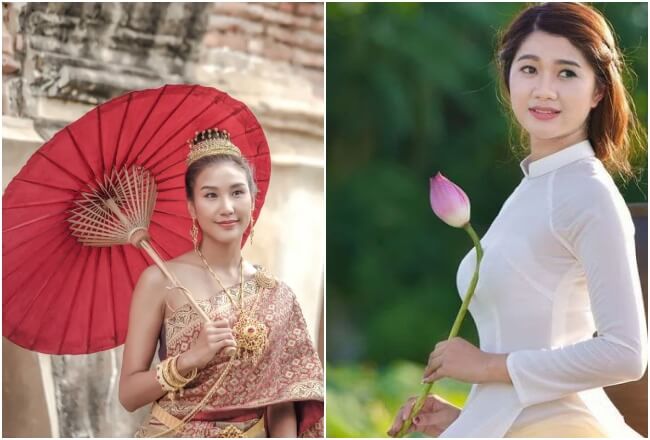
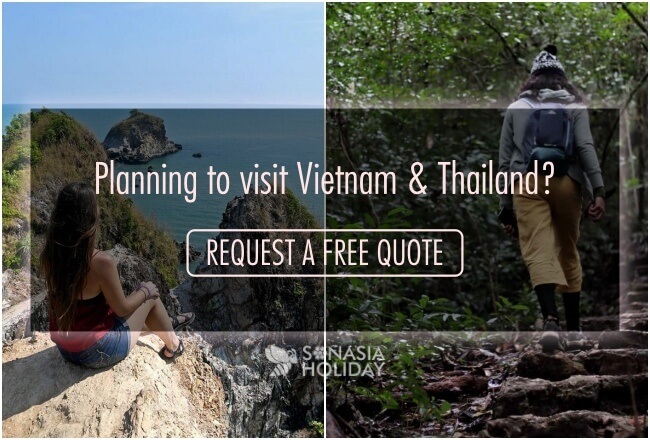
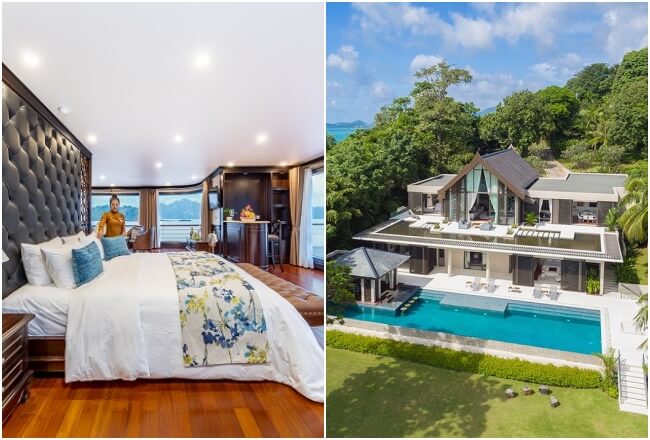
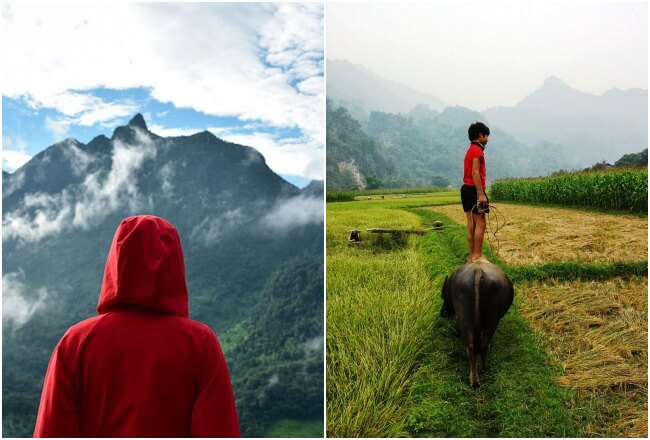




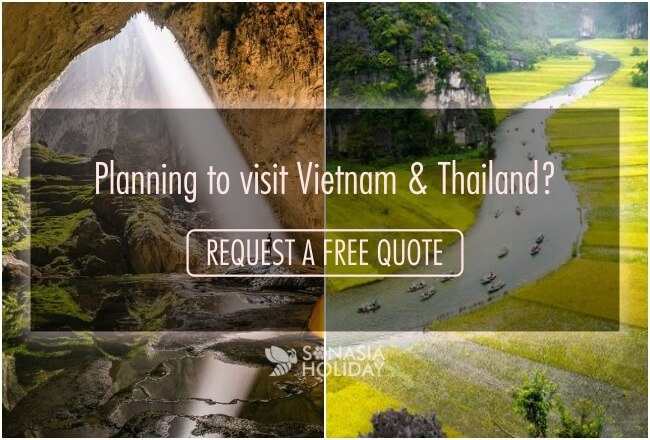















Jordan VituHello, my name’s Jordan and I’m obsessed with travelling overland. Seeing how cultures change while travelling slowly captivates me; and doing so in an eco-friendly way, preserving the cultures and landscapes that so many travellers yearn to explore, has given me my travelling purpose.